World coffee prices fell sharply at the end of the week as the market worried about the upcoming decline in demand for goods due to the tough stance of some major banks in the world recently. Robusta continued to be liquidated heavily on the London Stock Exchange.
Arabica coffee prices fell for four consecutive sessions this week, reaching a 10-day low, as favorable weather forecasts in Brazil helped farmers continue harvesting coffee.
In the domestic market, coffee prices turned down by 1,200 VND/kg, the lowest transaction price in the localities was 64,600 VND/kg, recorded in Lam Dong province.
At the end of the trading session on June 23, the price of robusta coffee on the ICE Futures Europe London exchange fell sharply. The price of robusta coffee futures for July 2023 delivery decreased by 54 USD, trading at 2,738 USD/ton. The price of September delivery decreased by 73 USD, trading at 2,676 USD/ton. The average trading volume was high.
The New York Arabica Coffee Futures Exchange fell sharply, the price of Arabica coffee on the ICE Futures US New York for September 2023 delivery decreased by 5.4 cents, trading at 164.85 cents/lb. Meanwhile, the December 2023 delivery decreased by 5.2 cents, to 163.85 cents/lb. Trading volume increased sharply.
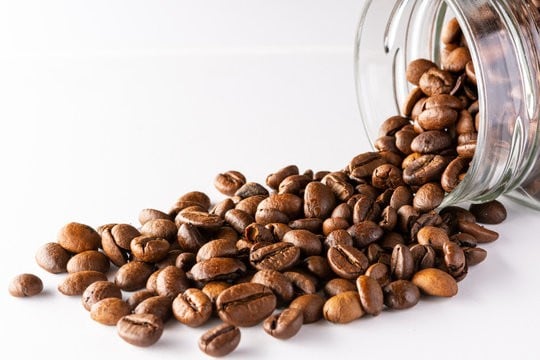 |
| Domestic coffee prices today, June 24, dropped sharply by 1,200 VND/kg in some key purchasing localities. (Source: YouTube) |
ICE London-certified inventories as of June 22 fell by 2,810 tonnes, or 3.58%, from a week earlier to 75,590 tonnes. The news helped support robusta coffee prices.
Information from Brazil shows that the overall harvest progress is still higher than previous years thanks to favorable weather. In addition, according to Conab's forecast, Brazil's total coffee output this year will be around 54.92 million bags, 7.5% higher than the bumper crop in 2022. The above information puts downward pressure on Arabica coffee prices.
Domestic coffee prices today, June 24, dropped sharply by 1,200 VND/kg in some key purchasing localities.
Unit: VND/kg. (Source: Giacaphe.com) |
Although the US Federal Reserve (Fed) postponed raising interest rates at its recent meeting, most of the agency's policymakers expect higher interest rates to be appropriate by the end of 2023.
According to technical analysis on the robusta market, technical indicators are showing that the downward momentum is still there. It is expected that in the short term, robusta coffee prices will fluctuate and accumulate within the range of 2720 - 2775. Robusta prices need to increase beyond 2770 and maintain above this price level to find opportunities to increase and recover. However, it is necessary to pay attention to the price range of 2715 - 2720, if this price range is lost, robusta coffee can establish a downtrend.
According to technical analysis, the price of Arabica coffee yesterday recorded a decrease for the fourth consecutive session, technical indicators are showing that the downward momentum is still there. It is expected that in the short term, Arabica coffee prices may continue to decrease to the support zone of 169 - 170. The downward trend may continue if Arabica coffee prices fall below 169. On the contrary, Arabica coffee needs to overcome and maintain above the zone of 176.5 - 177 to have a chance to increase and recover.
In a report this week, Fitch said El Nino would affect some of the largest coffee-producing countries, such as Indonesia and Vietnam. Vietnam is the world’s second-largest coffee producer, producing more than 1.5 million tons a year. Indonesia is the fourth-largest producer. Other major coffee-producing countries, such as Brazil and Colombia, would also be affected if the weather phenomenon occurs, according to Kalkine Media.
Coffee trading in the Vietnamese market has been stalled due to a continued shortage of robusta coffee, according to the Ministry of Industry and Trade’s Industry and Trade Information Center. Meanwhile, coffee prices in Indonesia, the world’s second-largest exporter, rose this week due to tight supplies and to offset a recent decline in London futures prices.
Source








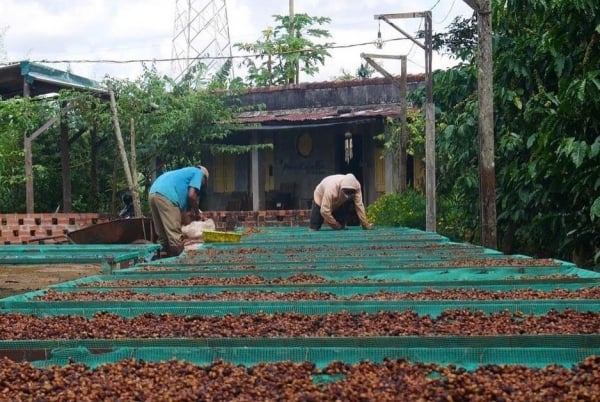

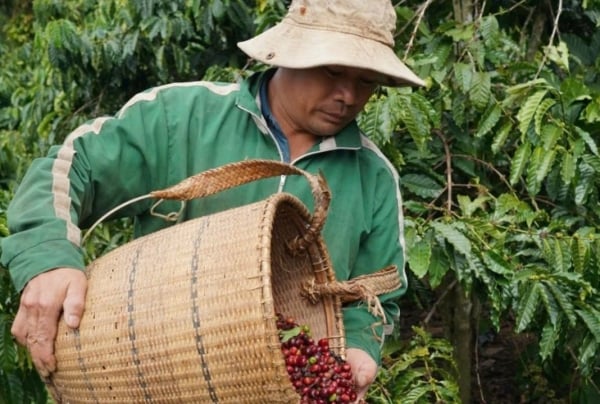

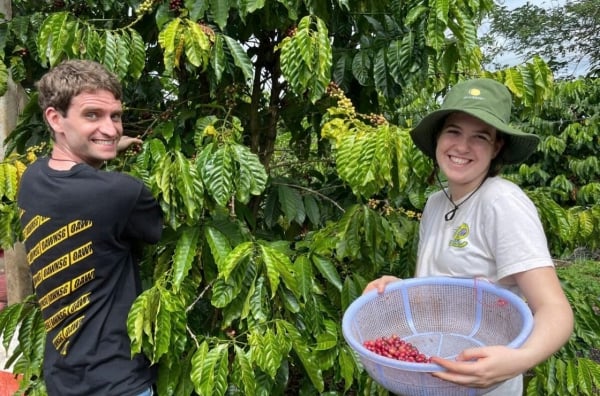

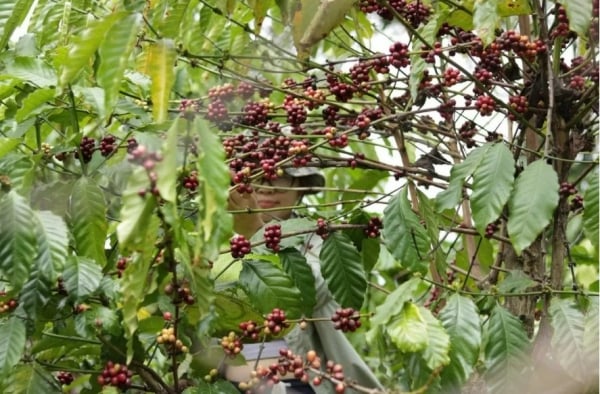


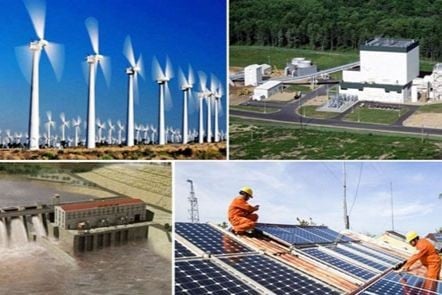

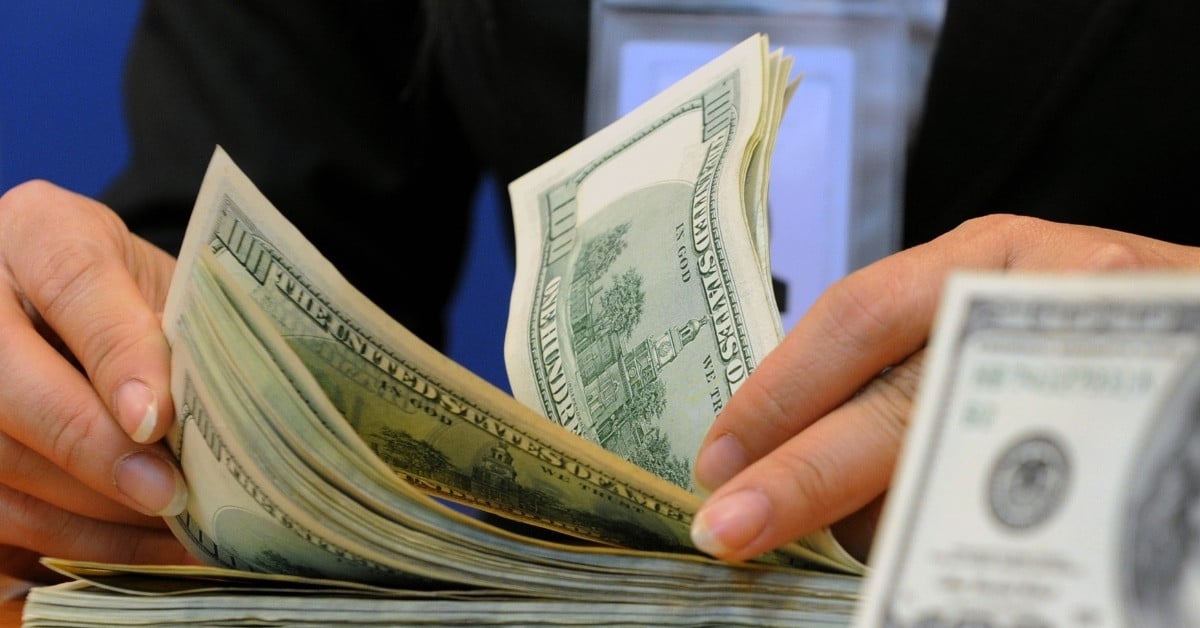






















Comment (0)